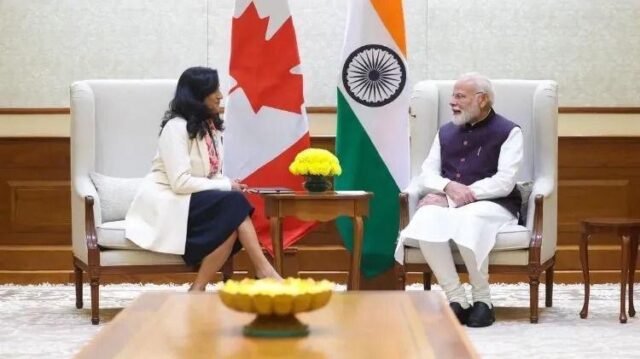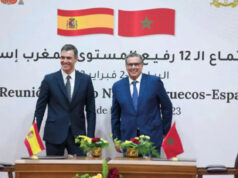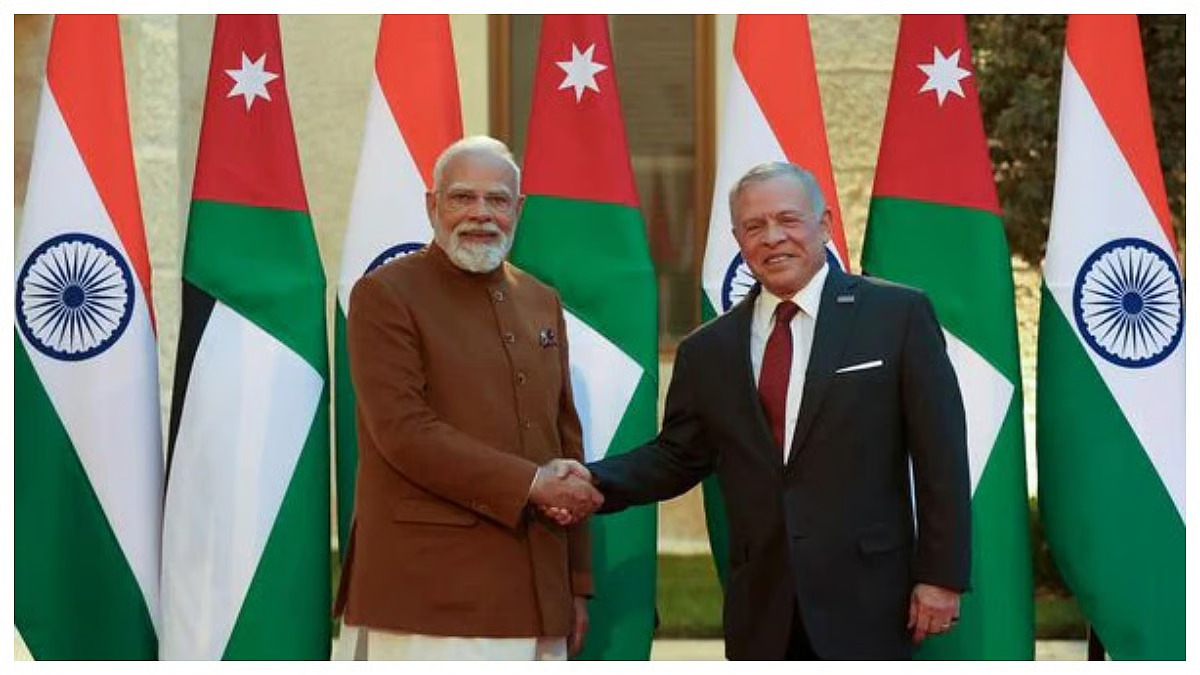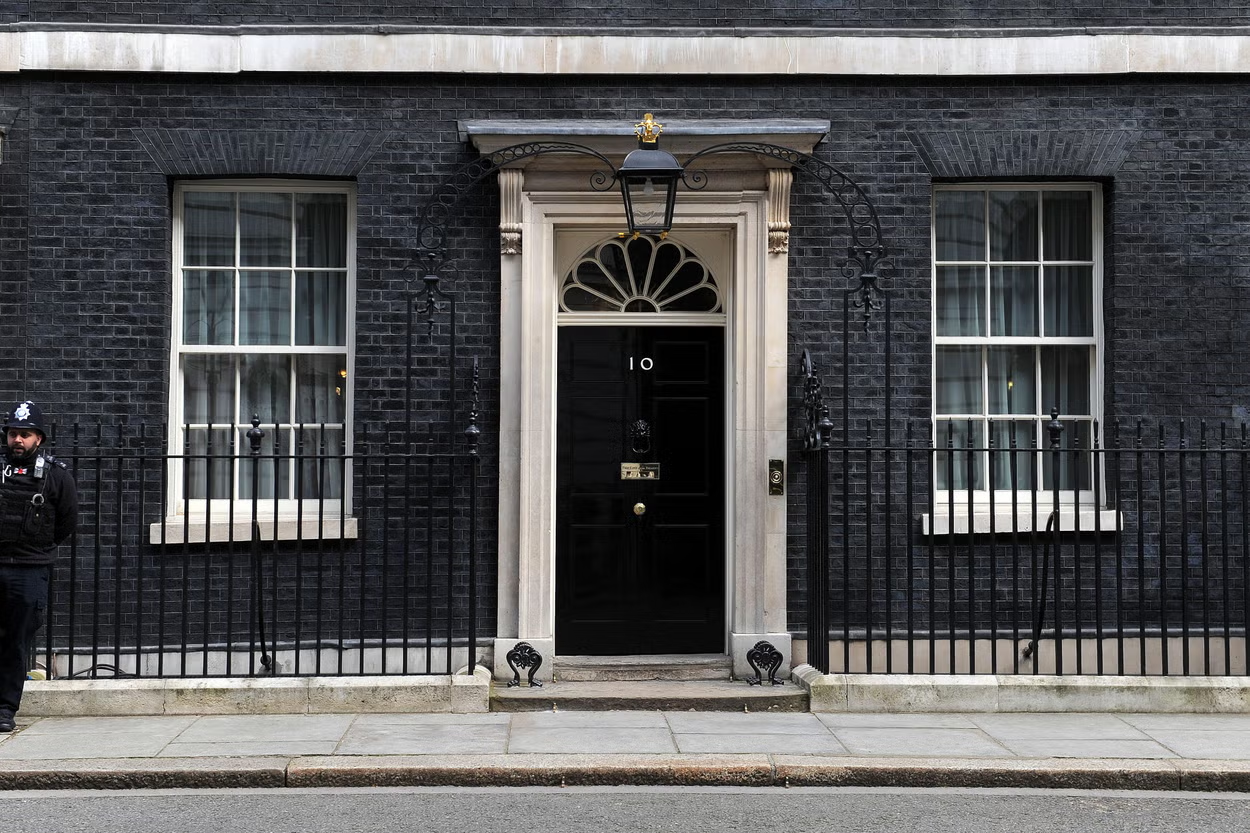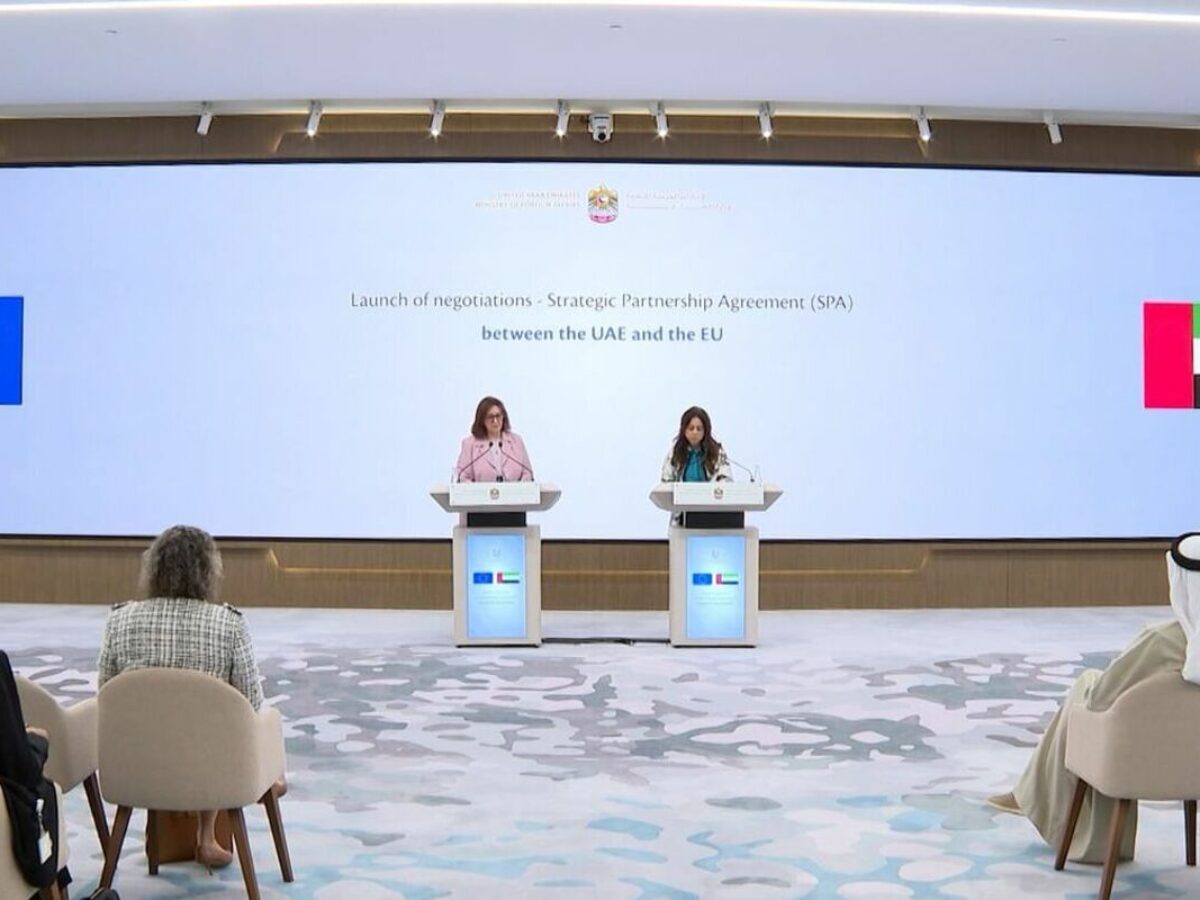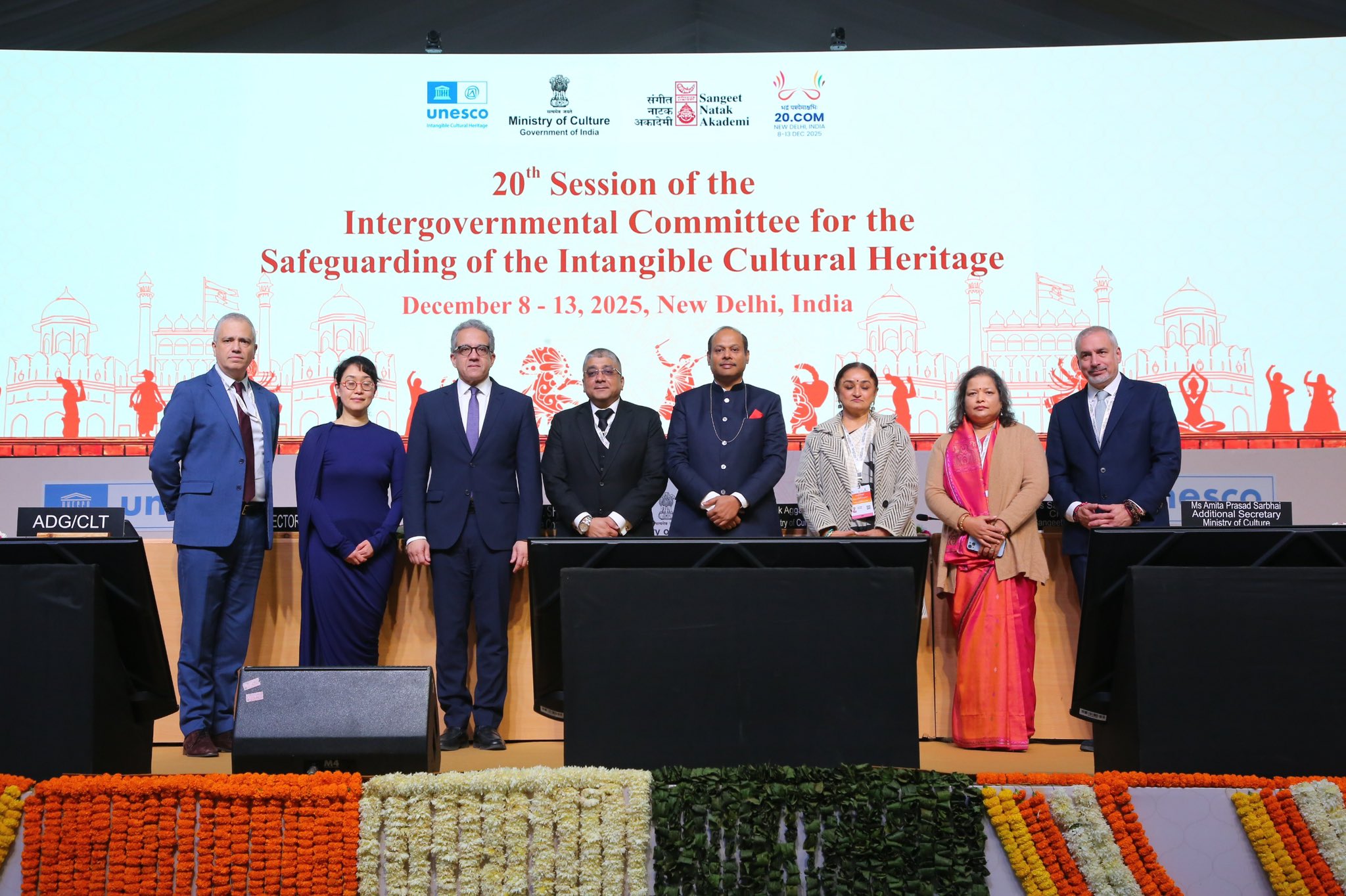India and Canada unveiled a comprehensive roadmap on 13th October, 2025, aimed at restoring and deepening their bilateral relationship, nearly two years after ties soured over the killing of Canadian Sikh separatist leader Hardeep Singh Nijjar. Following high-level discussions in New Delhi between India’s External Affairs Minister, Subrahmanyam Jaishankar, and Canada’s Foreign Minister, Anita Anand, both nations agreed to pursue greater cooperation across several strategic and economic domains, including critical minerals, energy, agriculture, and digital innovation.
A Roadmap for Renewed Cooperation
A joint statement issued after Monday’s meeting underscored the desire of both governments to “revive and elevate” their partnership. “Reviving this partnership will not only create opportunities for enhanced economic co-operation, but also help mitigate vulnerabilities arising from shifting global alliances,” the statement read.
Under the new framework, India and Canada will collaborate in a range of key sectors:
- Energy Partnership: Both countries agreed to strengthen two-way trade in natural gas and liquefied petroleum gas (LPG), and to jointly advance research in renewable energy, biofuels, and carbon capture technologies.
- Critical Minerals and Uranium Supply: Canada has signalled its willingness to engage in further dialogue on supplying uranium and other essential minerals to bolster India’s energy security.
- Agricultural Collaboration: The two sides will share best practices, technology, and innovation in agriculture to improve productivity and sustainability.
- Higher Education Links: Canada plans to establish new academic campuses in India, expanding educational ties and creating opportunities for student mobility and joint research.
- Business Engagement: The Canada–India CEO Forum is set to be revived in 2026, bringing together leading figures from both economies to advise their respective governments on trade, investment, and innovation.
In addition, both countries agreed to begin ministerial-level discussions on a potential bilateral trade and investment agreement — a move analysts say could pave the way for a future comprehensive economic partnership. Since taking office earlier this year, Prime Minister Mark Carney has sought to recalibrate Canada’s approach to India, signalling a desire for pragmatic engagement. In September, both nations appointed new ambassadors, a step widely viewed as an overture towards reconciliation. Carney reiterated that commitment during his bilateral meeting with Prime Minister Narendra Modi at the G7 Summit in Alberta, emphasising that “constructive dialogue and mutual respect must guide the future of Canada–India relations.”
Looking Ahead
Analysts suggest the new roadmap represents more than a diplomatic reset; it reflects a broader realignment driven by shifting global economic patterns and trade diversification efforts. With both India and Canada seeking to reduce dependency on the United States amid recent tariff tensions, the partnership could open new avenues for investment and collaboration across strategic industries. For now, officials on both sides are describing the agreement as a “fresh start” — a measured but meaningful attempt to turn the page on one of the most turbulent chapters in the two countries’ recent history. “Both of our governments agree on the importance of elevating the relationship,” Anand said in her opening remarks. “We are committed to building a partnership grounded in trust, trade, and shared democratic values.”
As India and Canada move to implement their new framework, the world will be watching to see whether this renewed engagement can withstand the weight of past grievances — and deliver on its promise of a more stable, forward-looking partnership.

